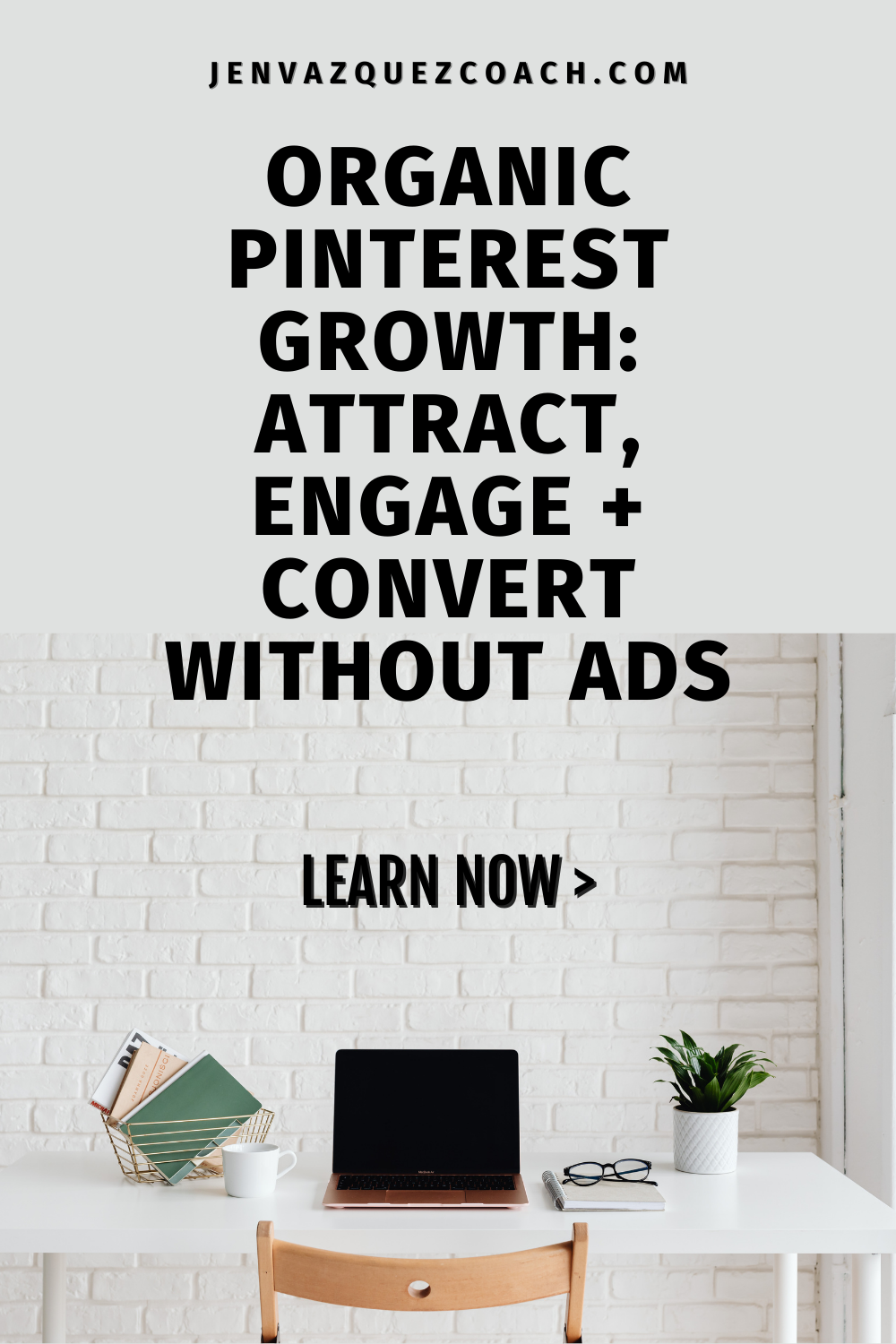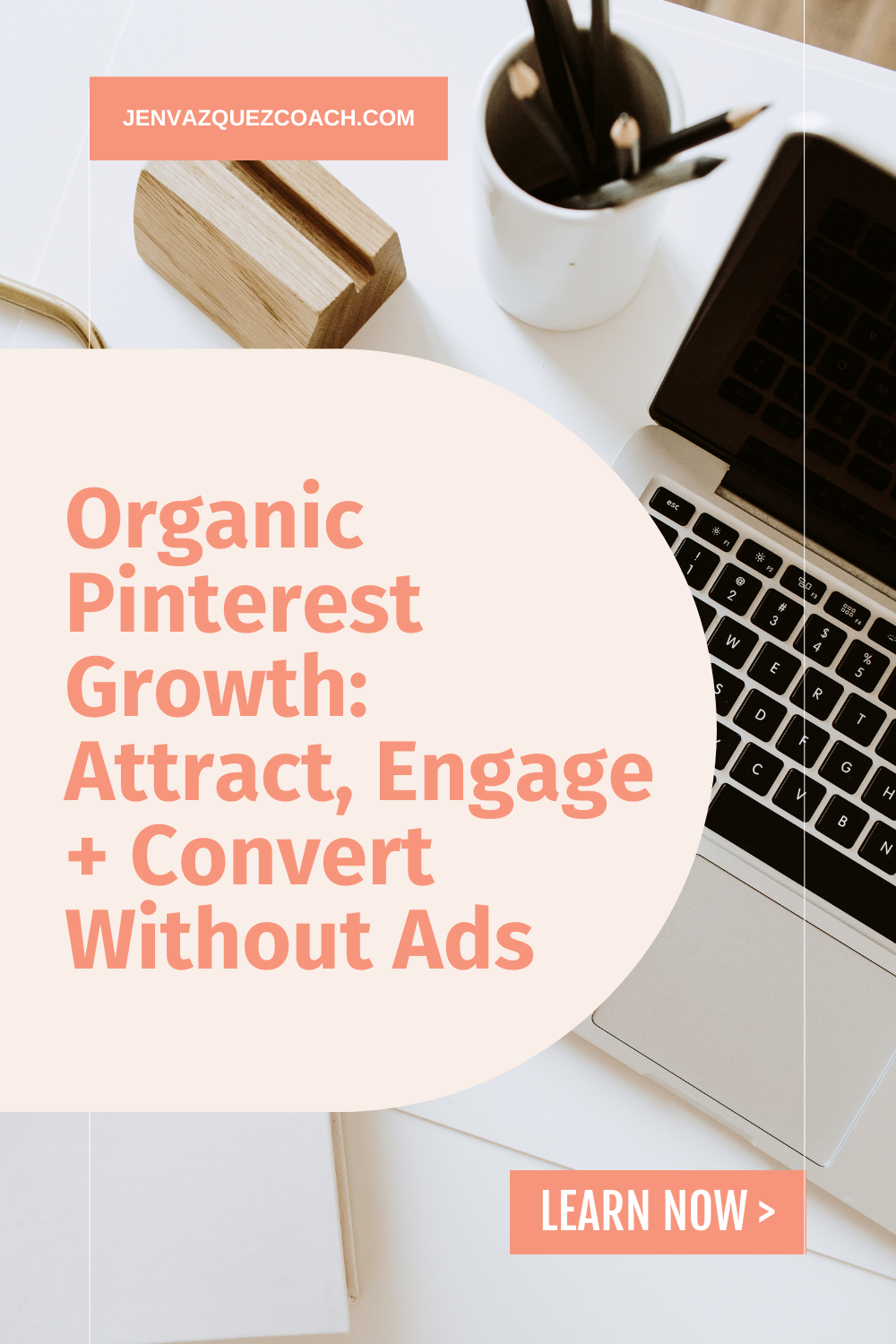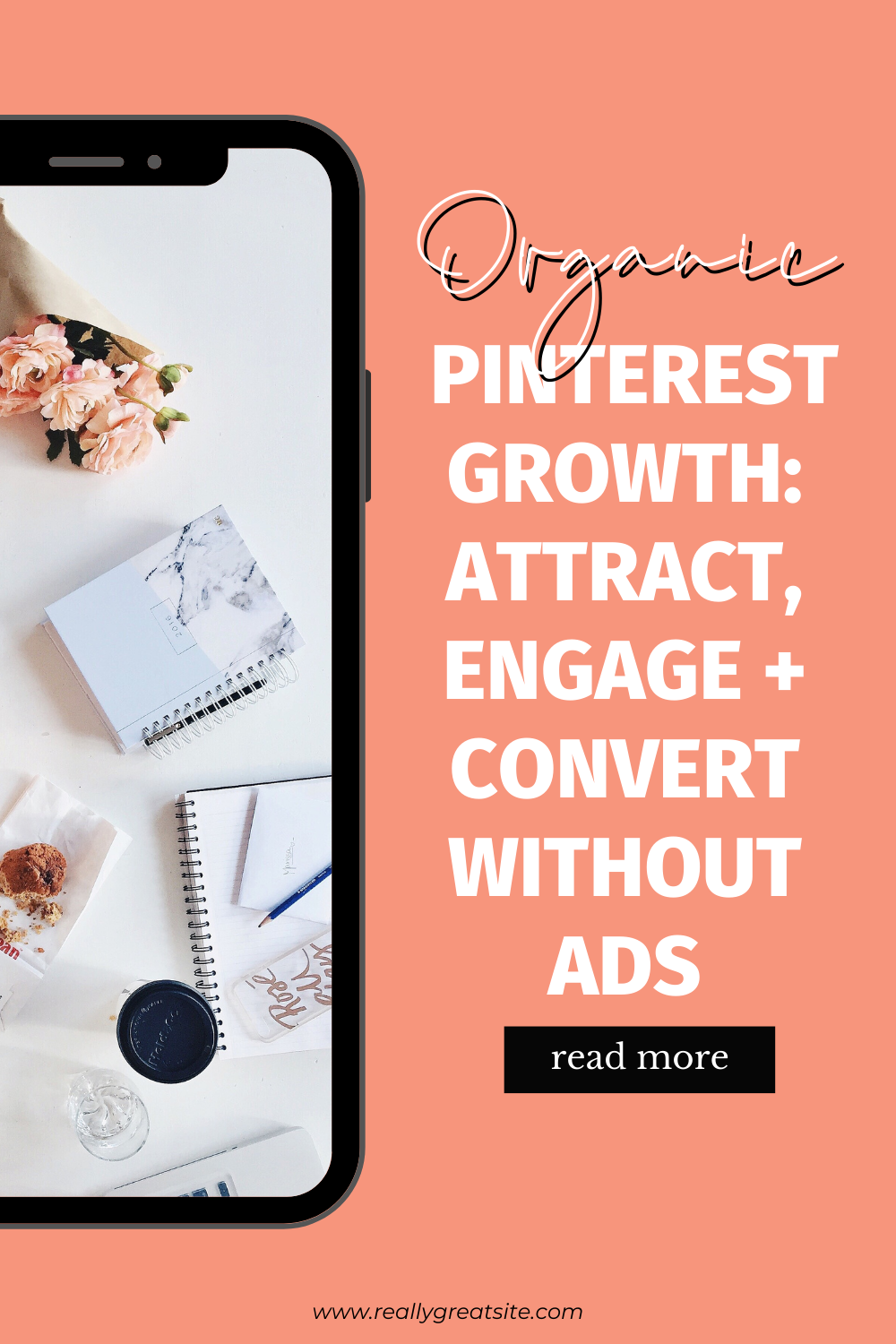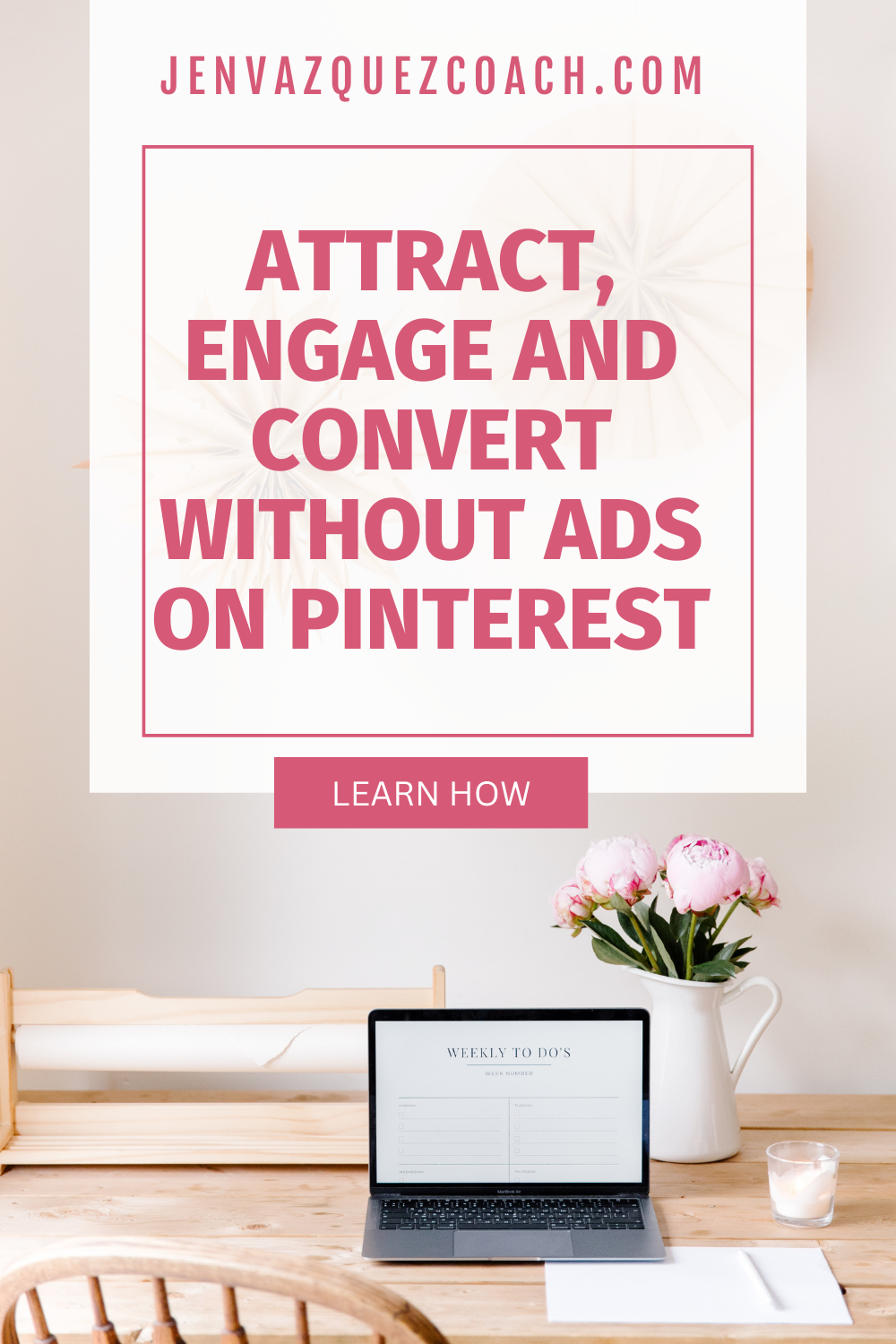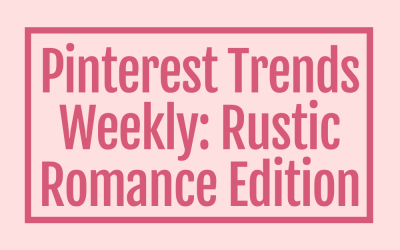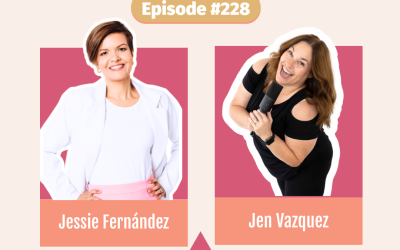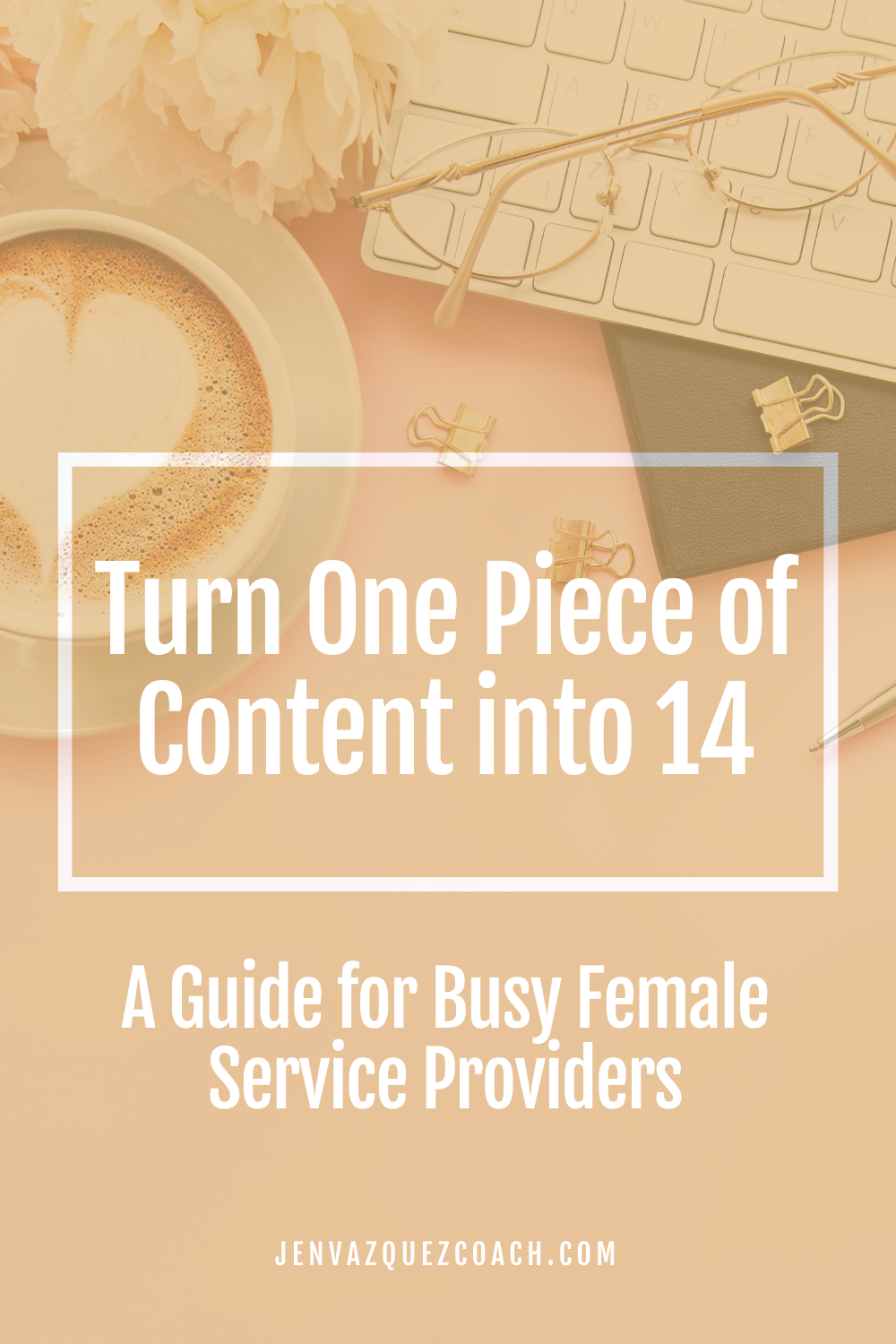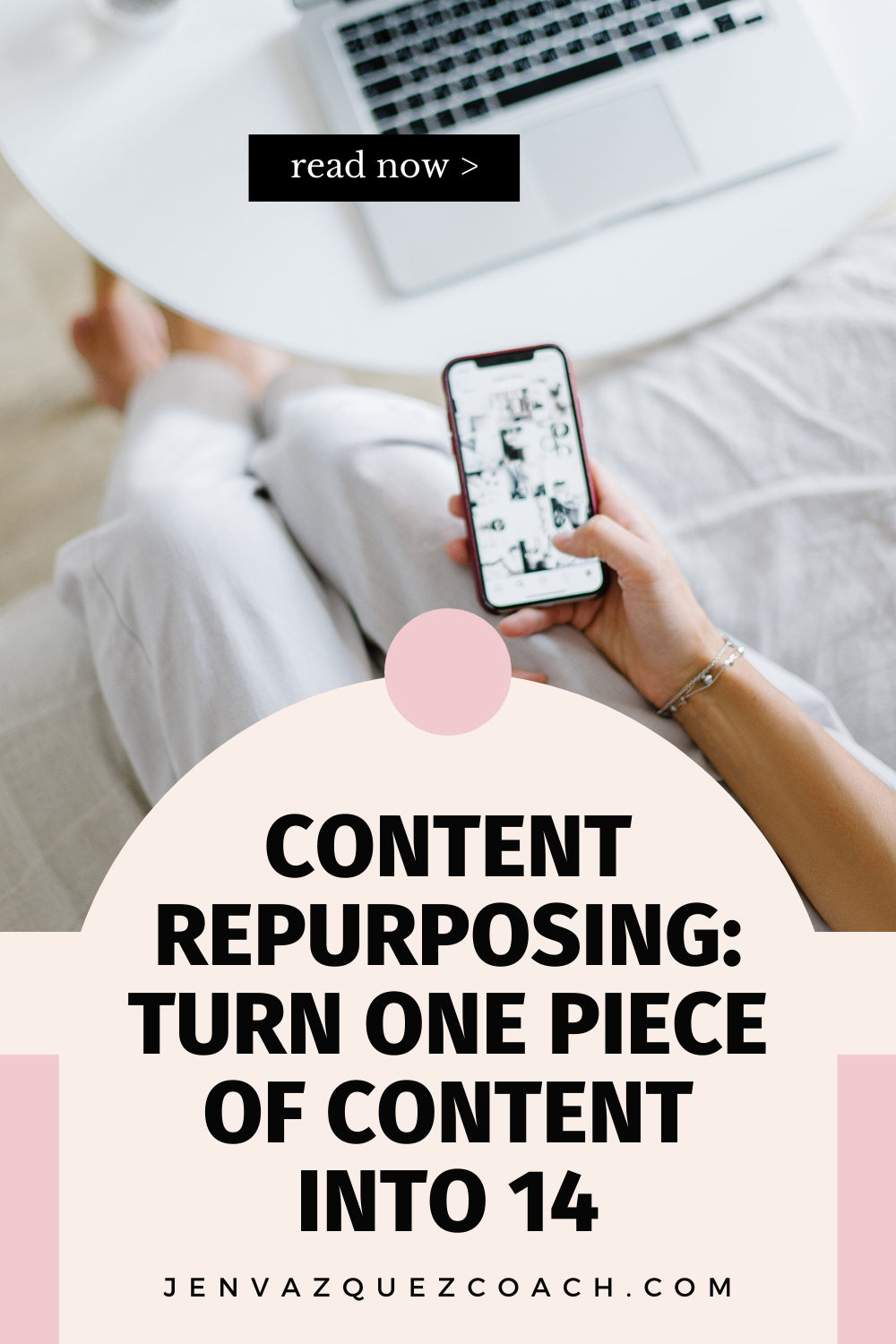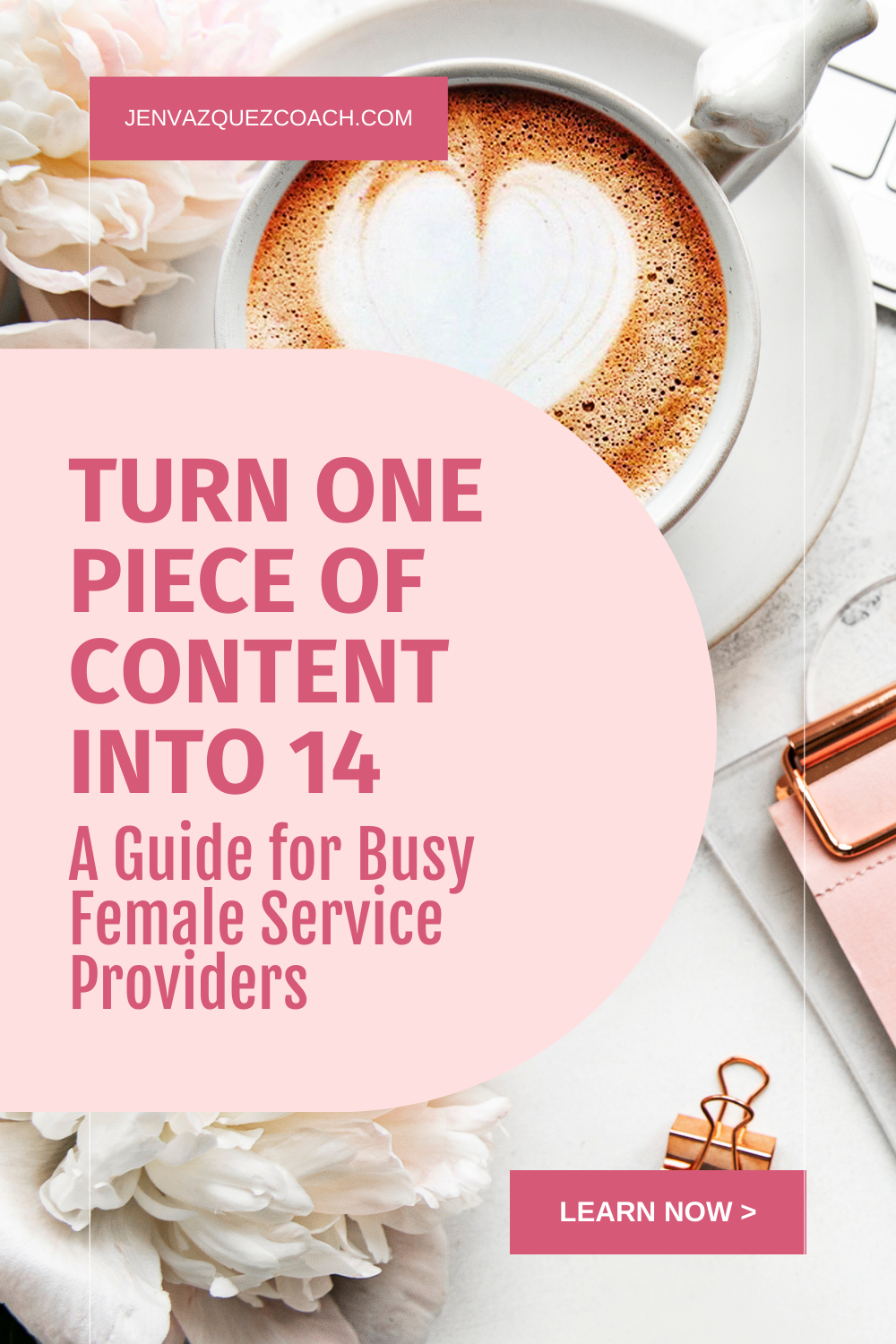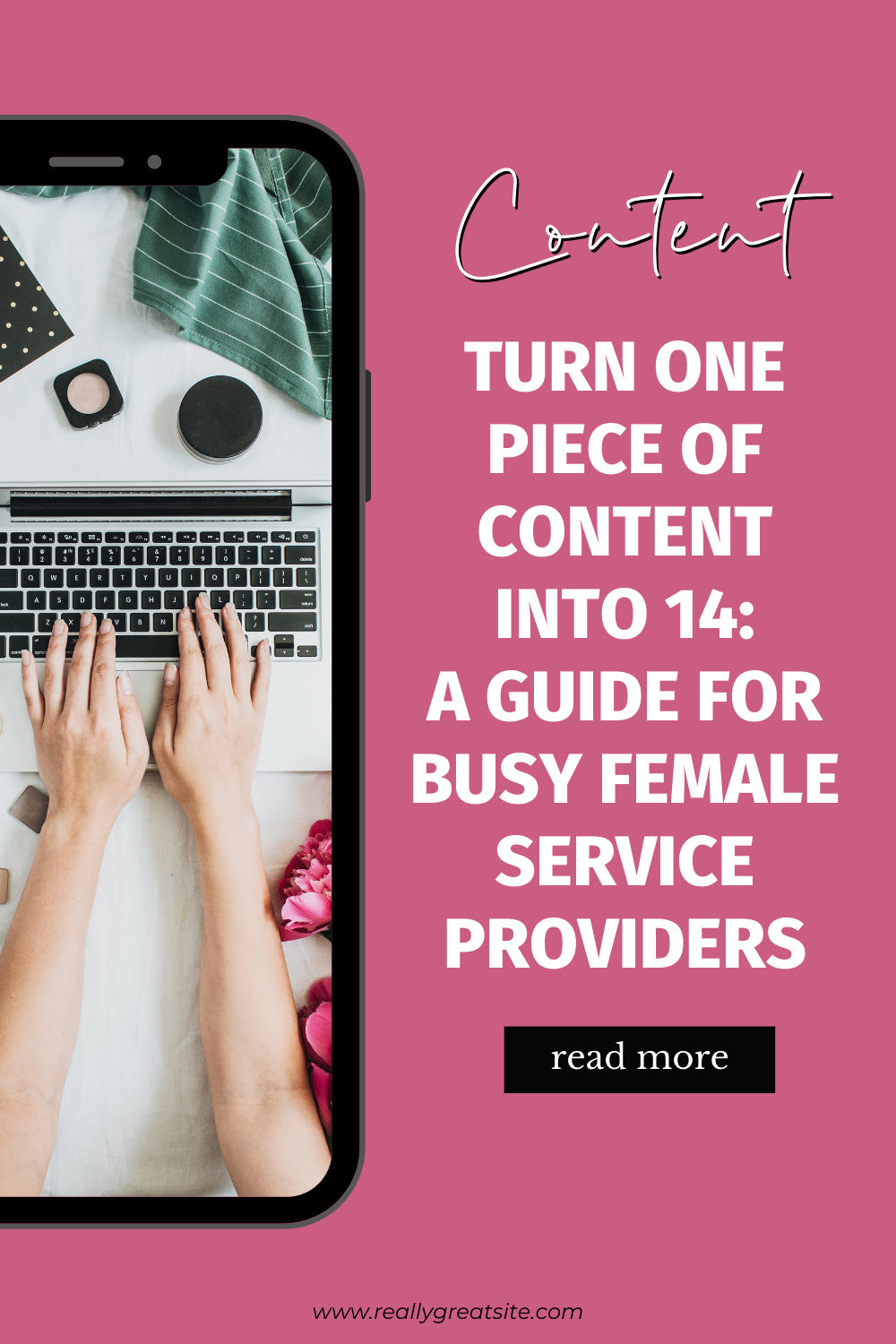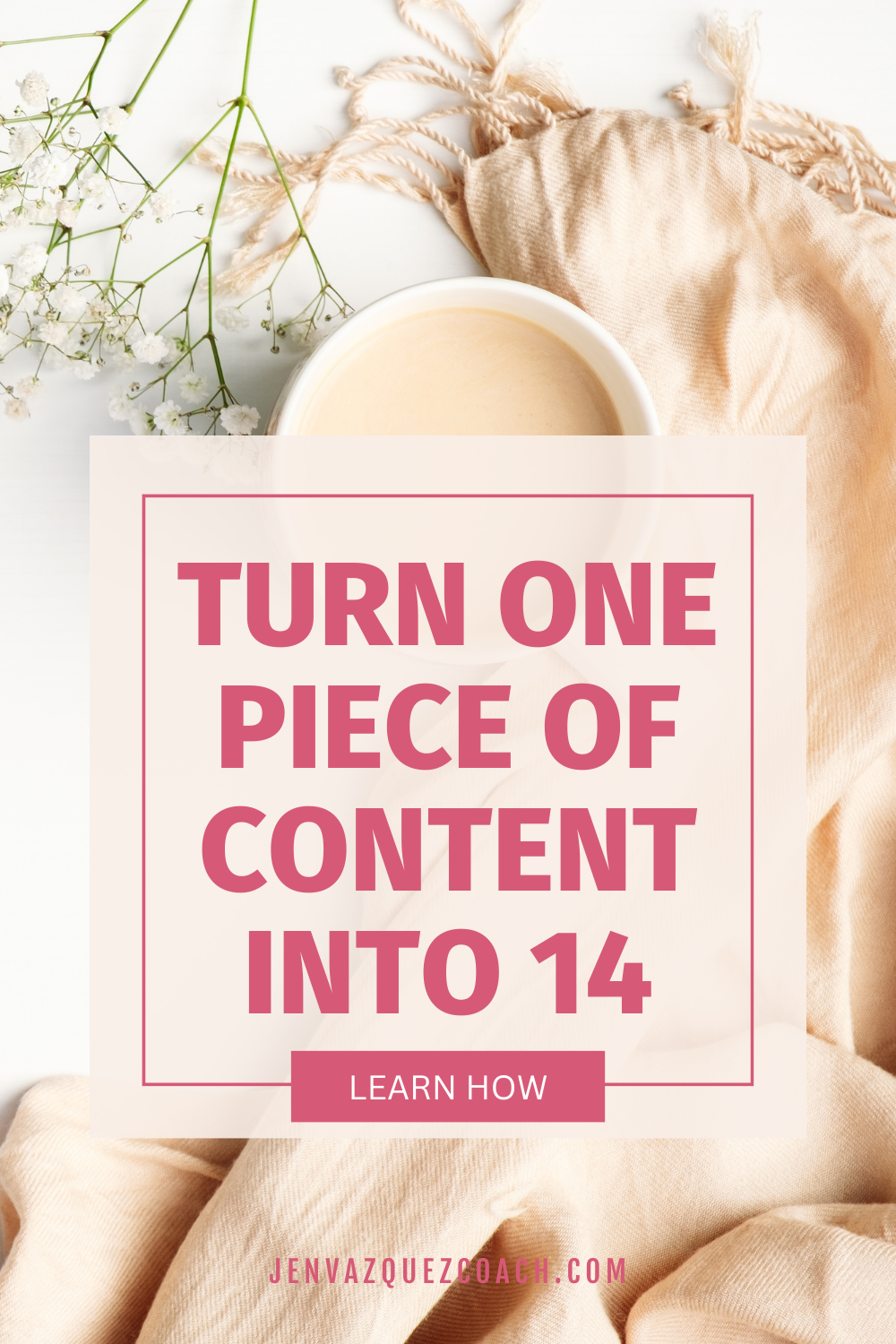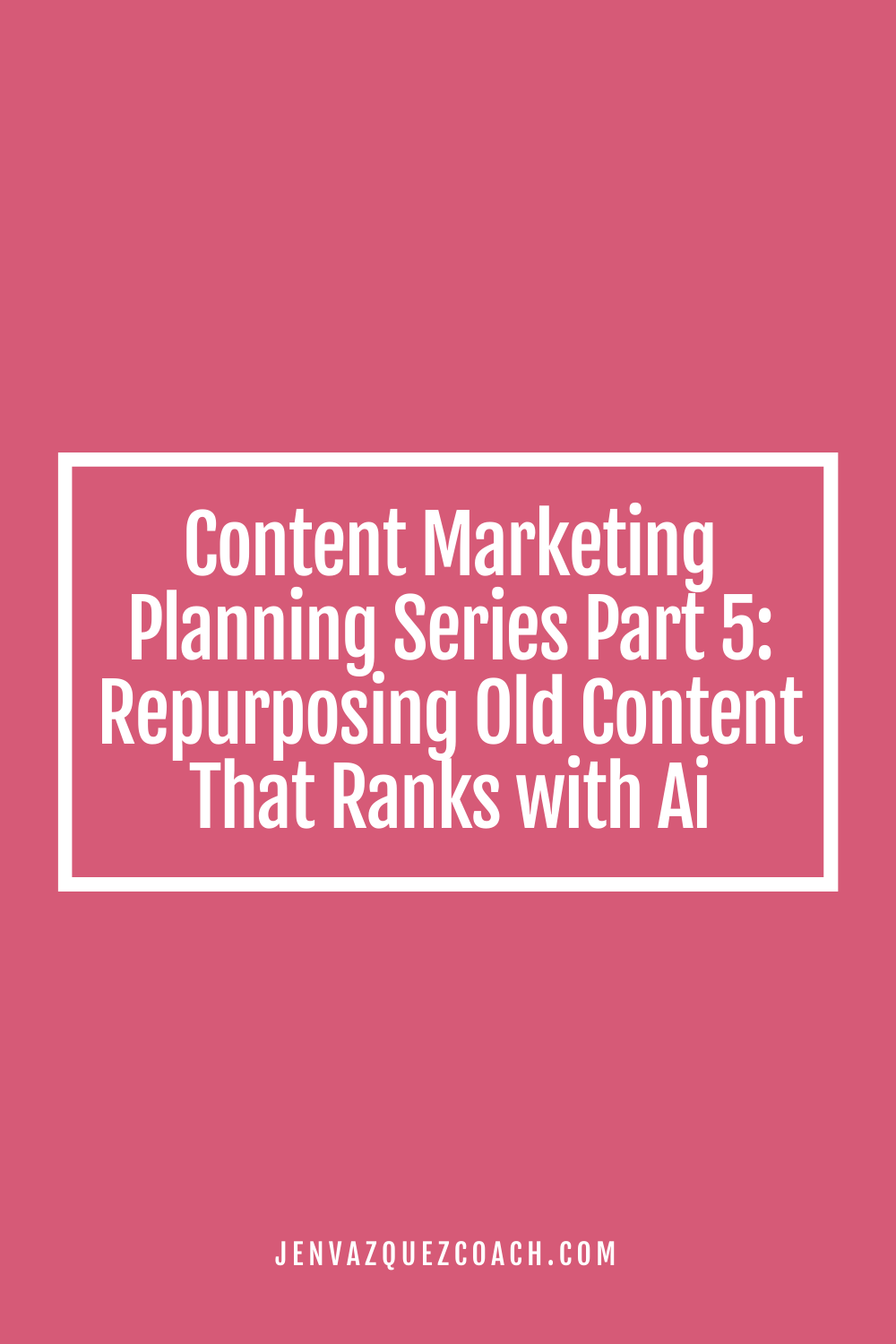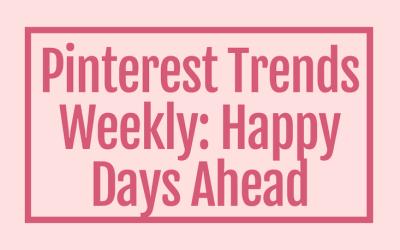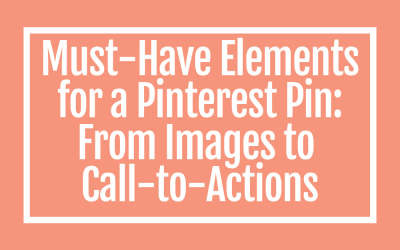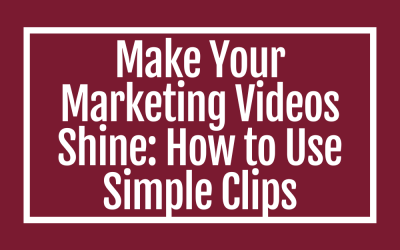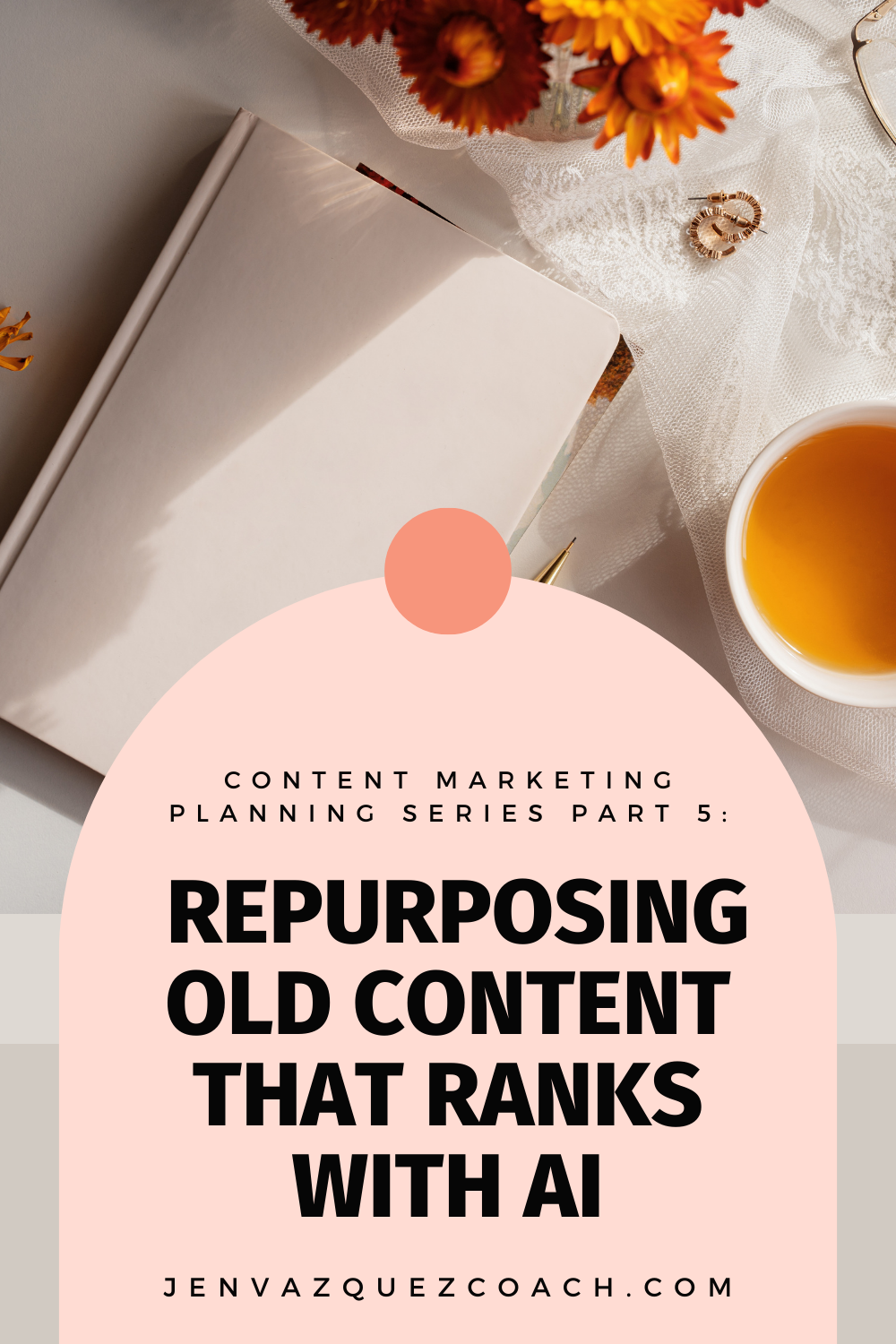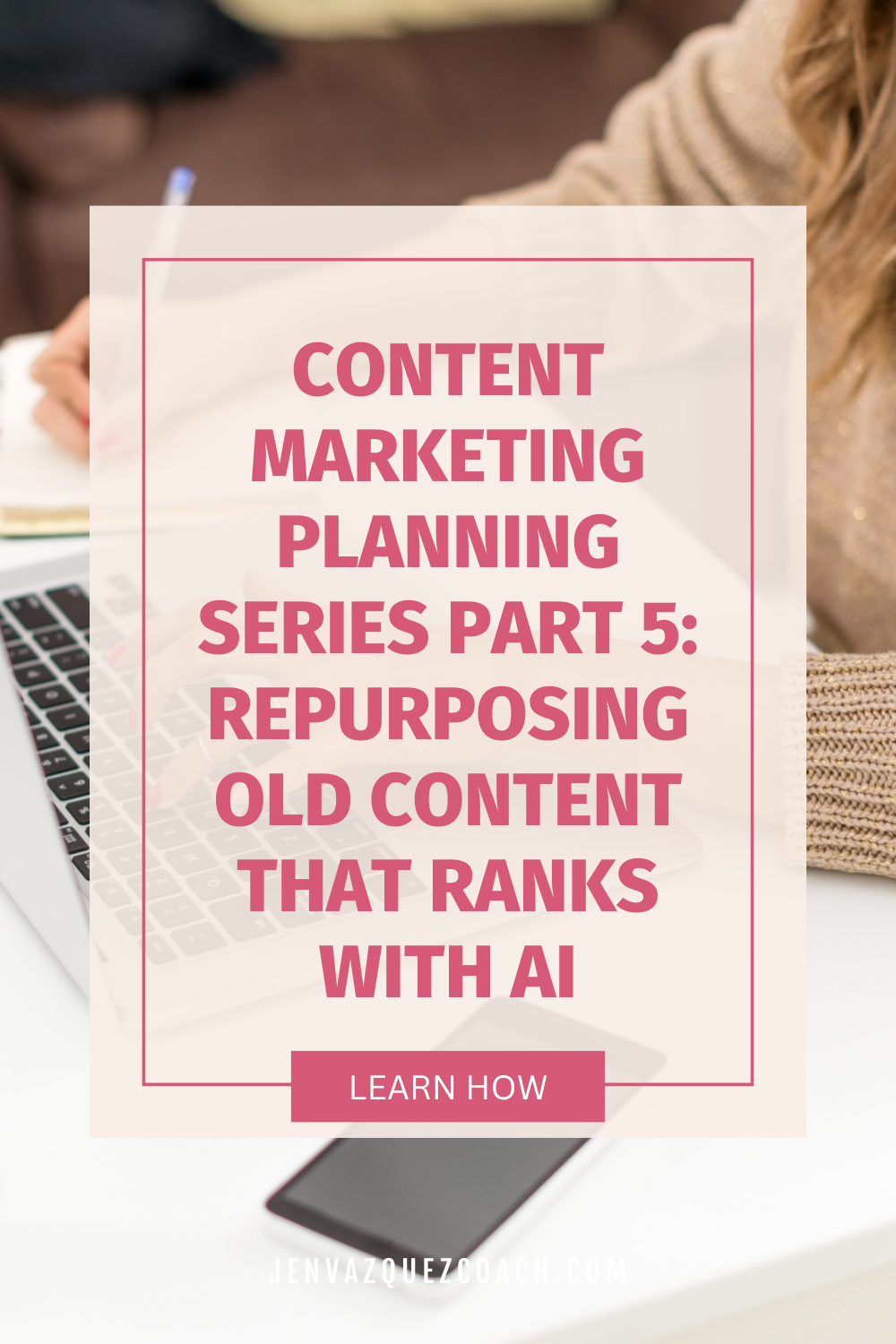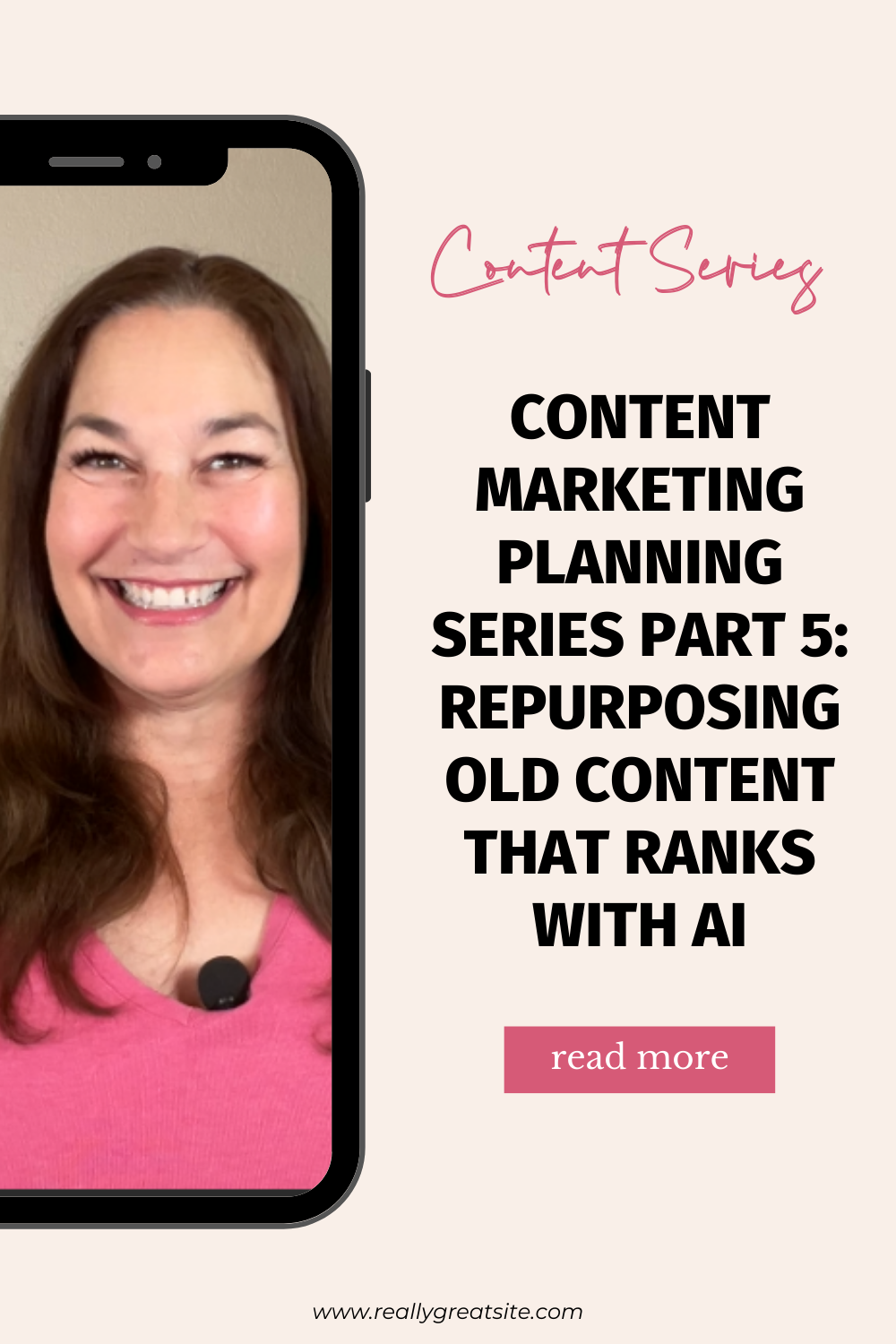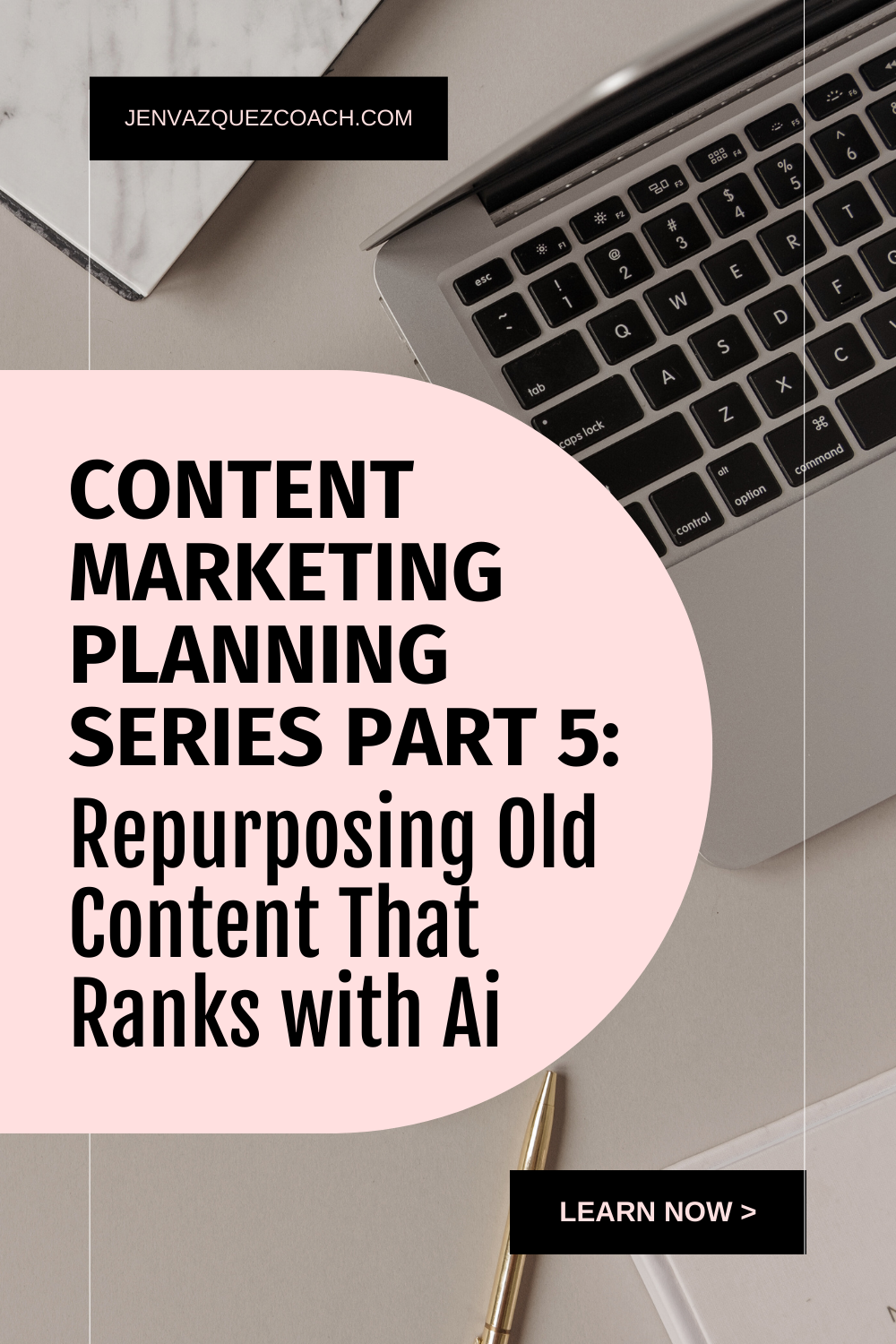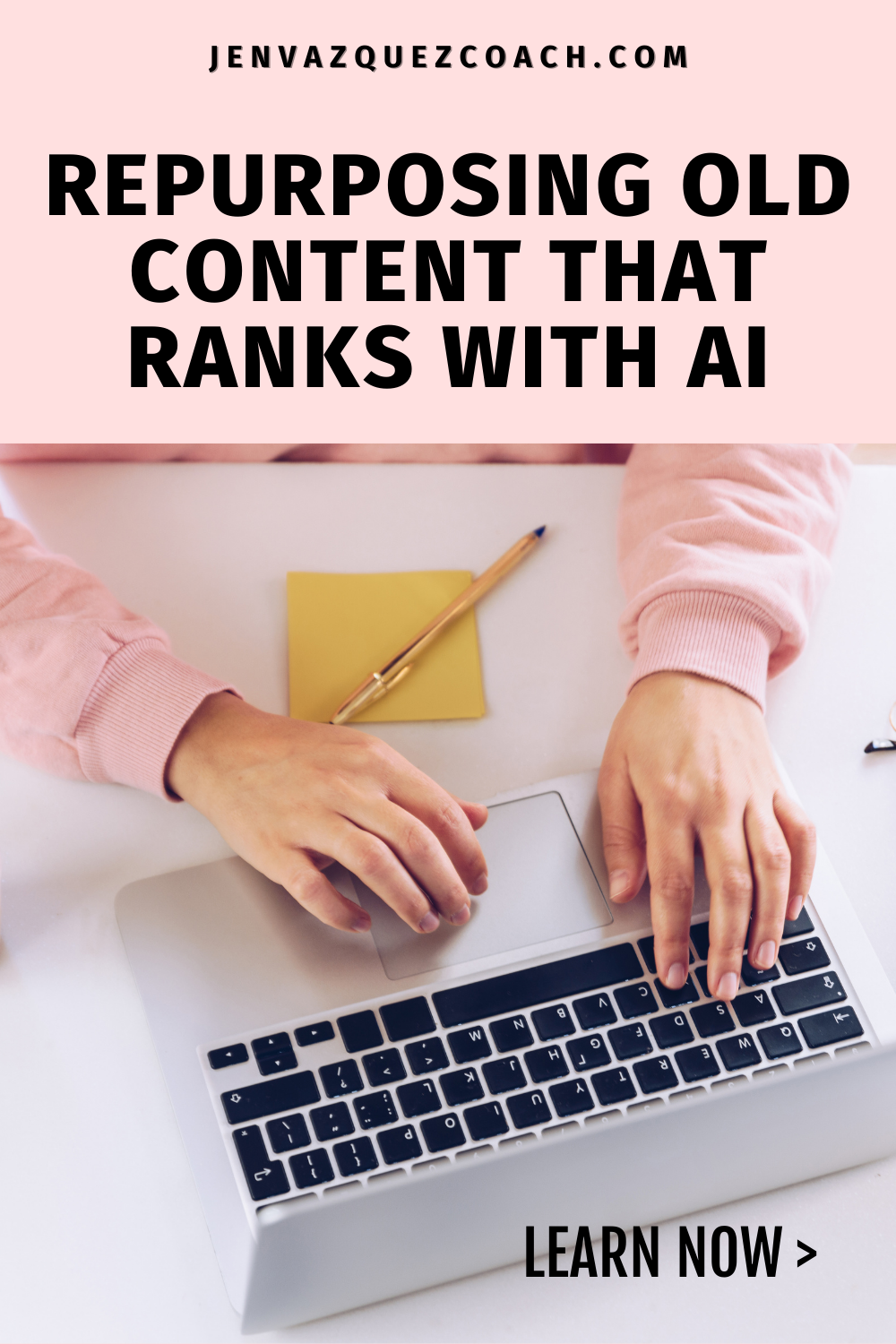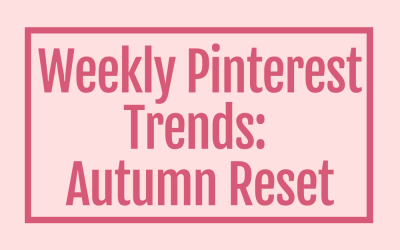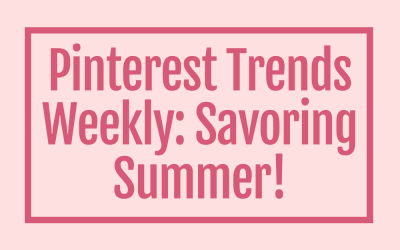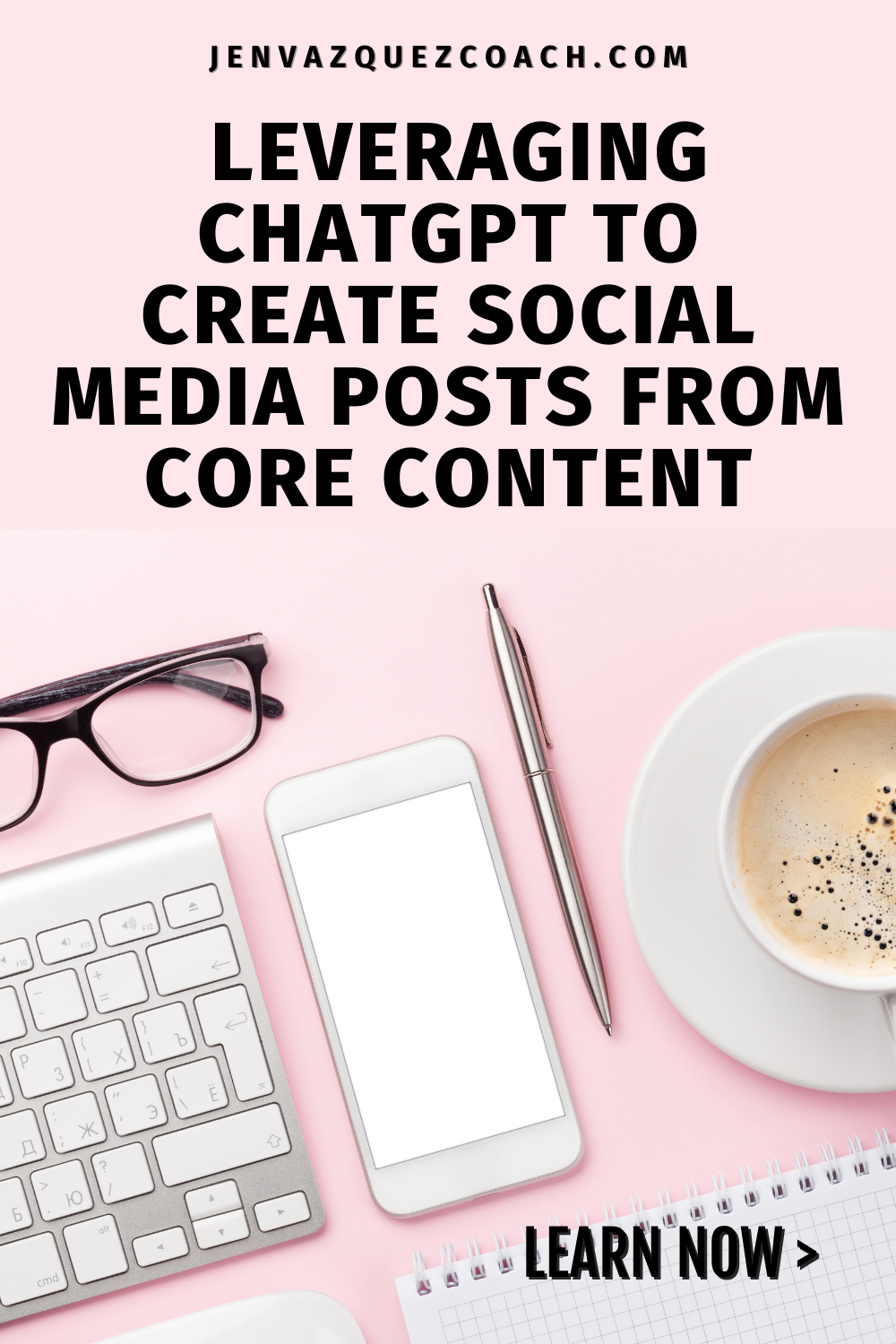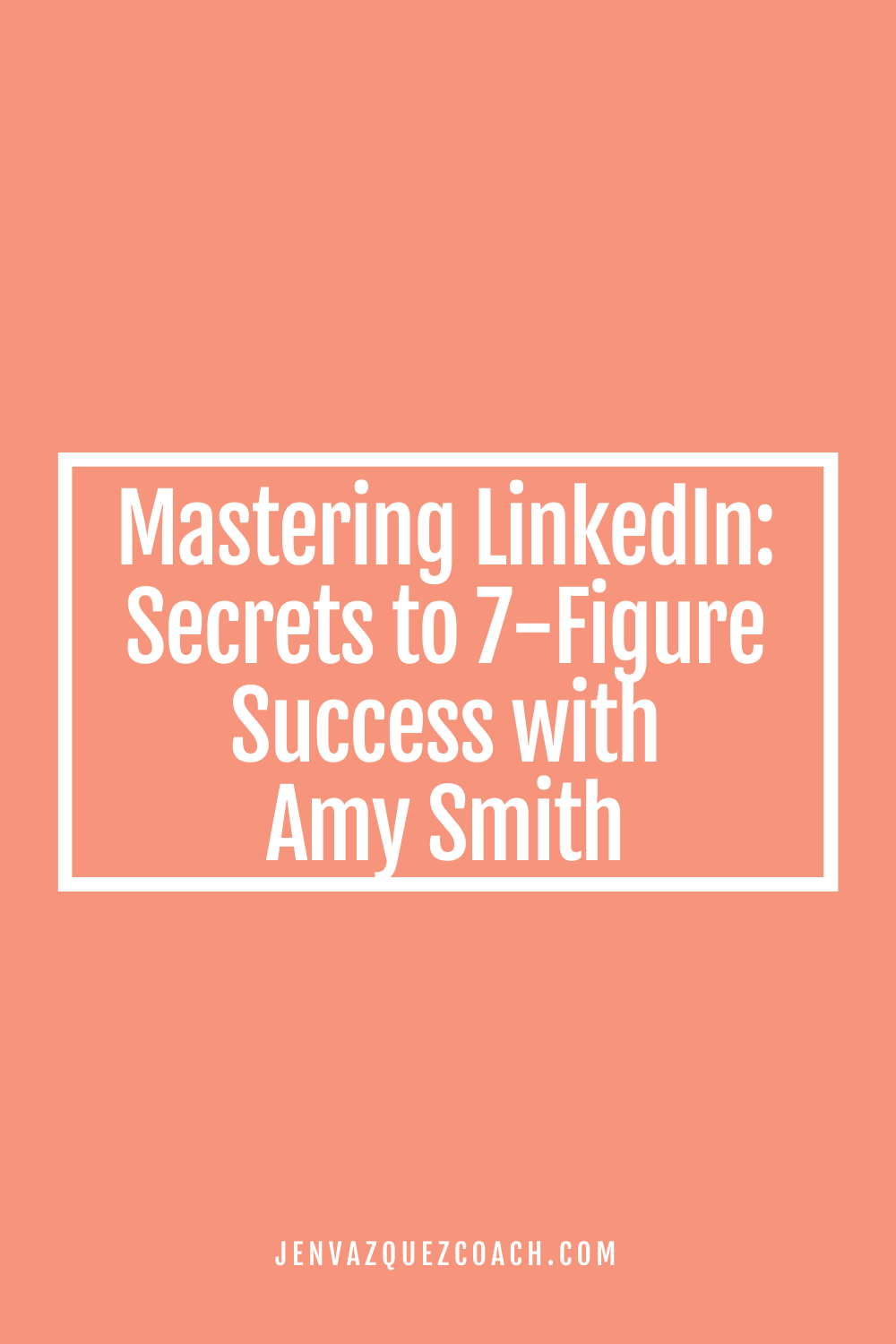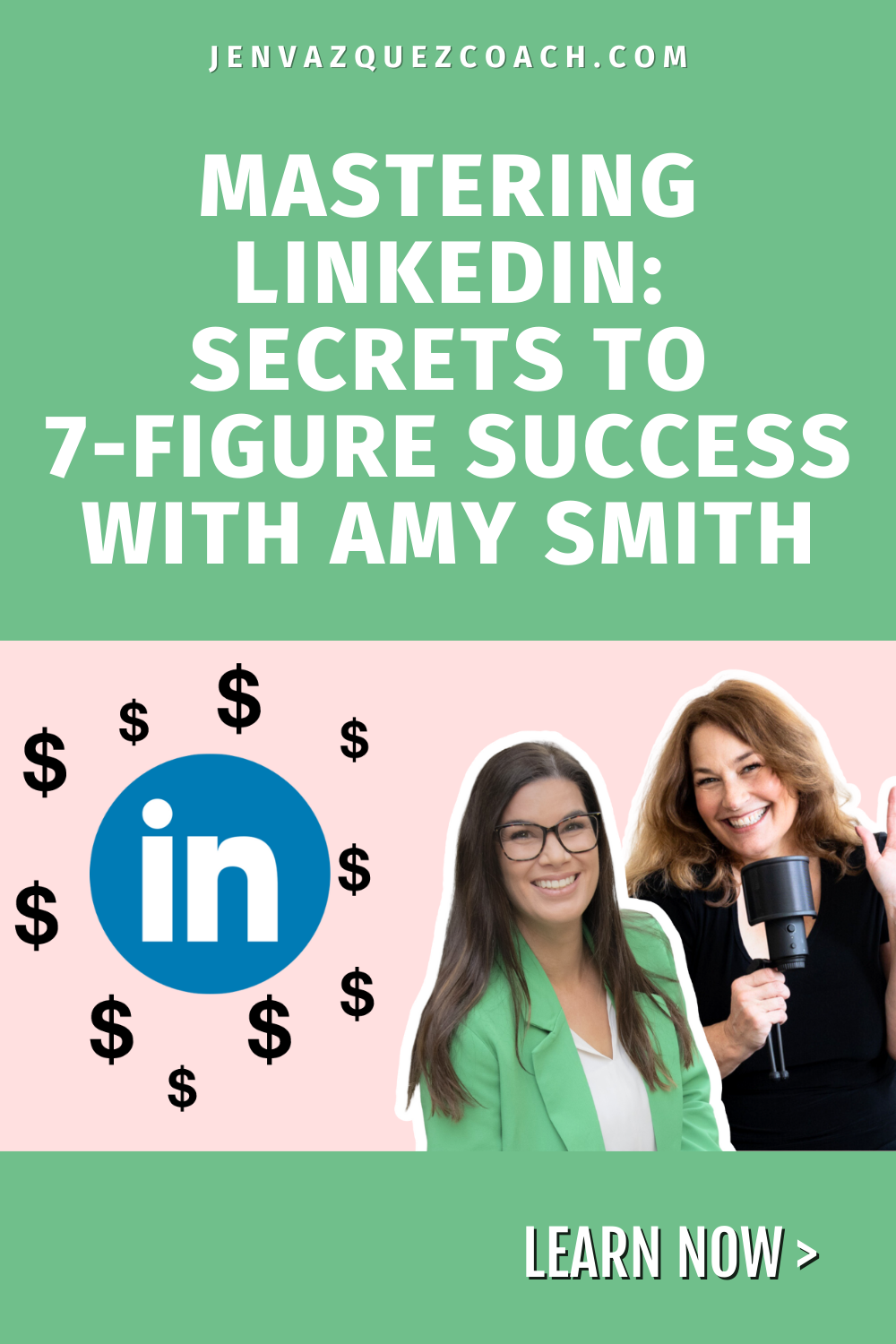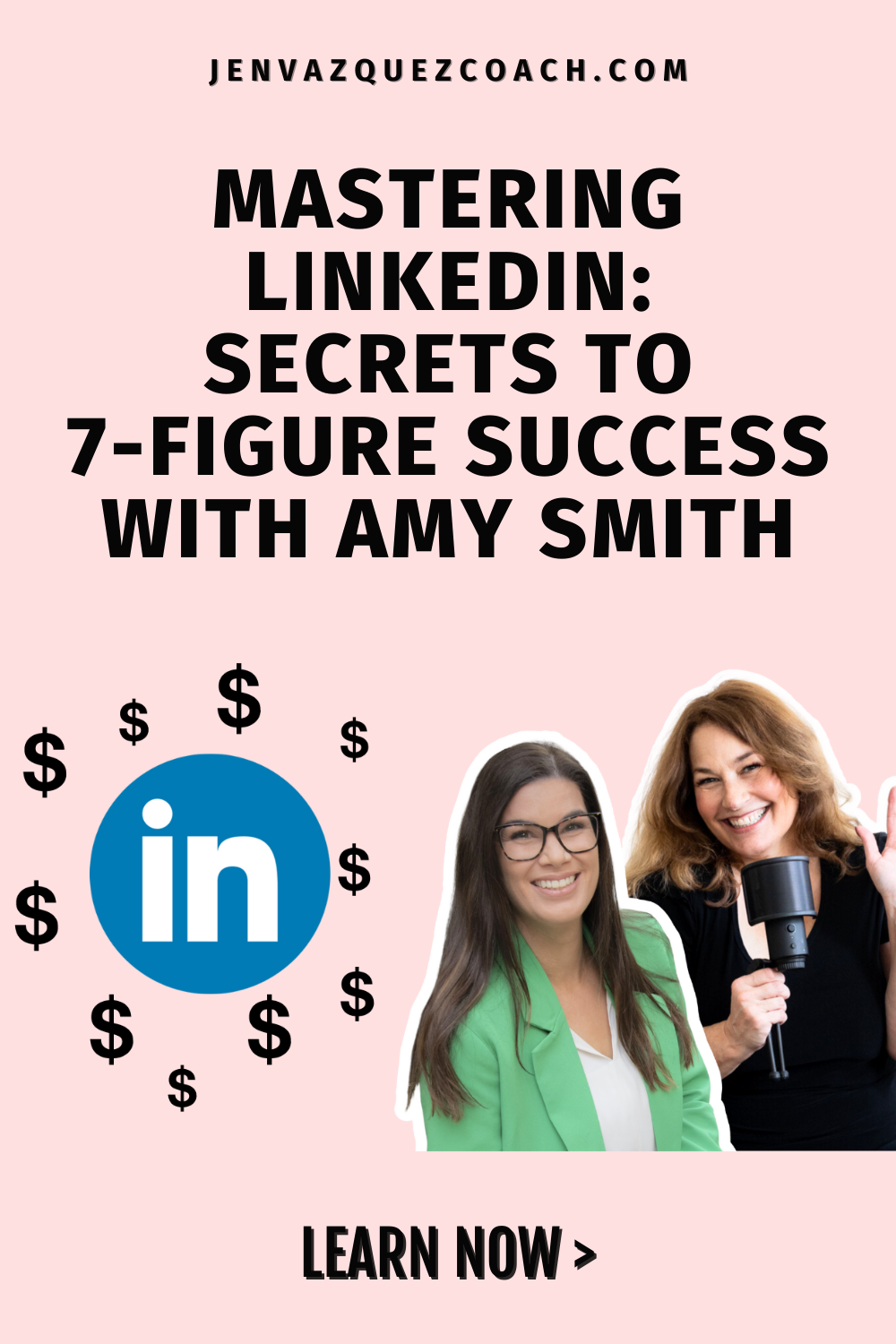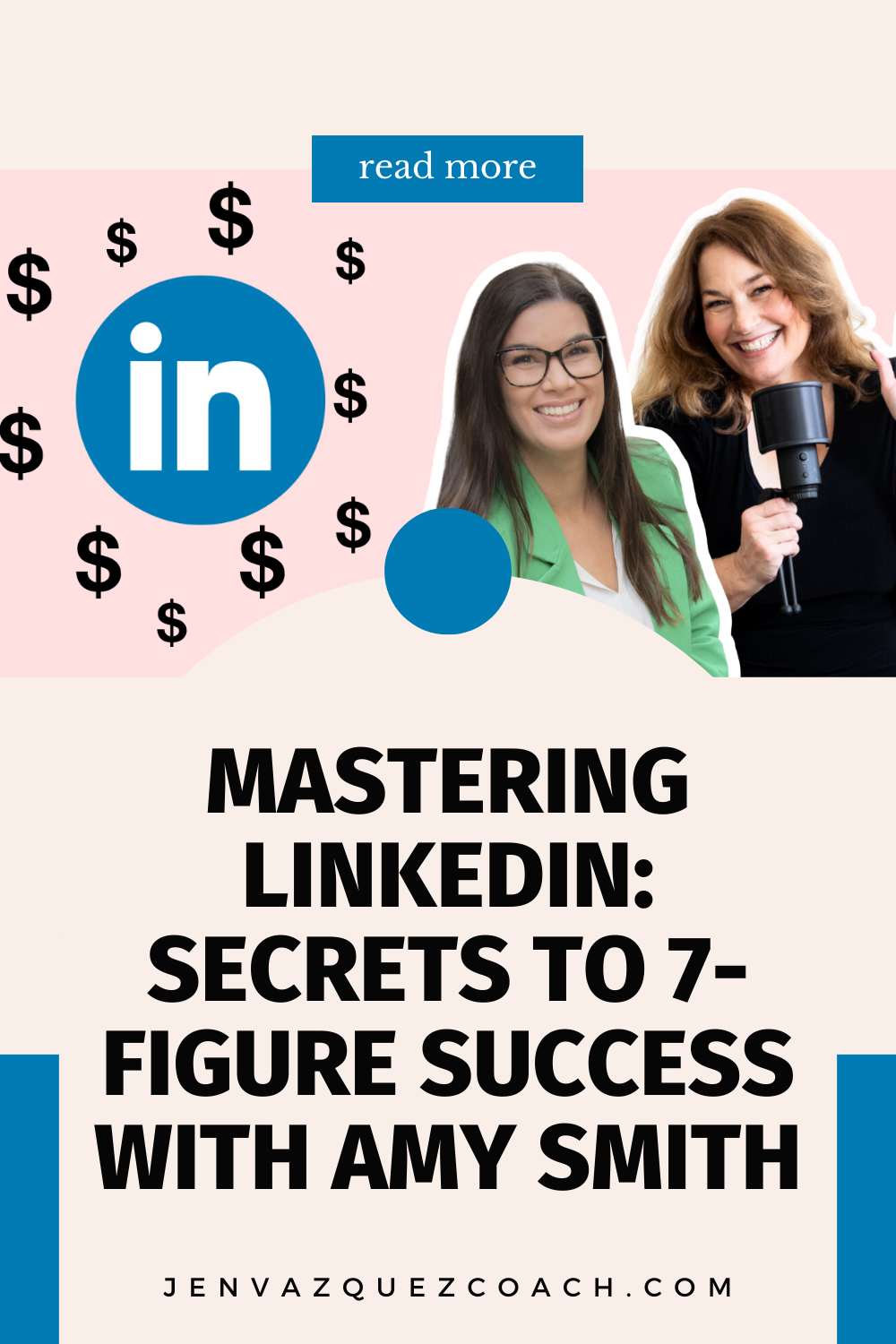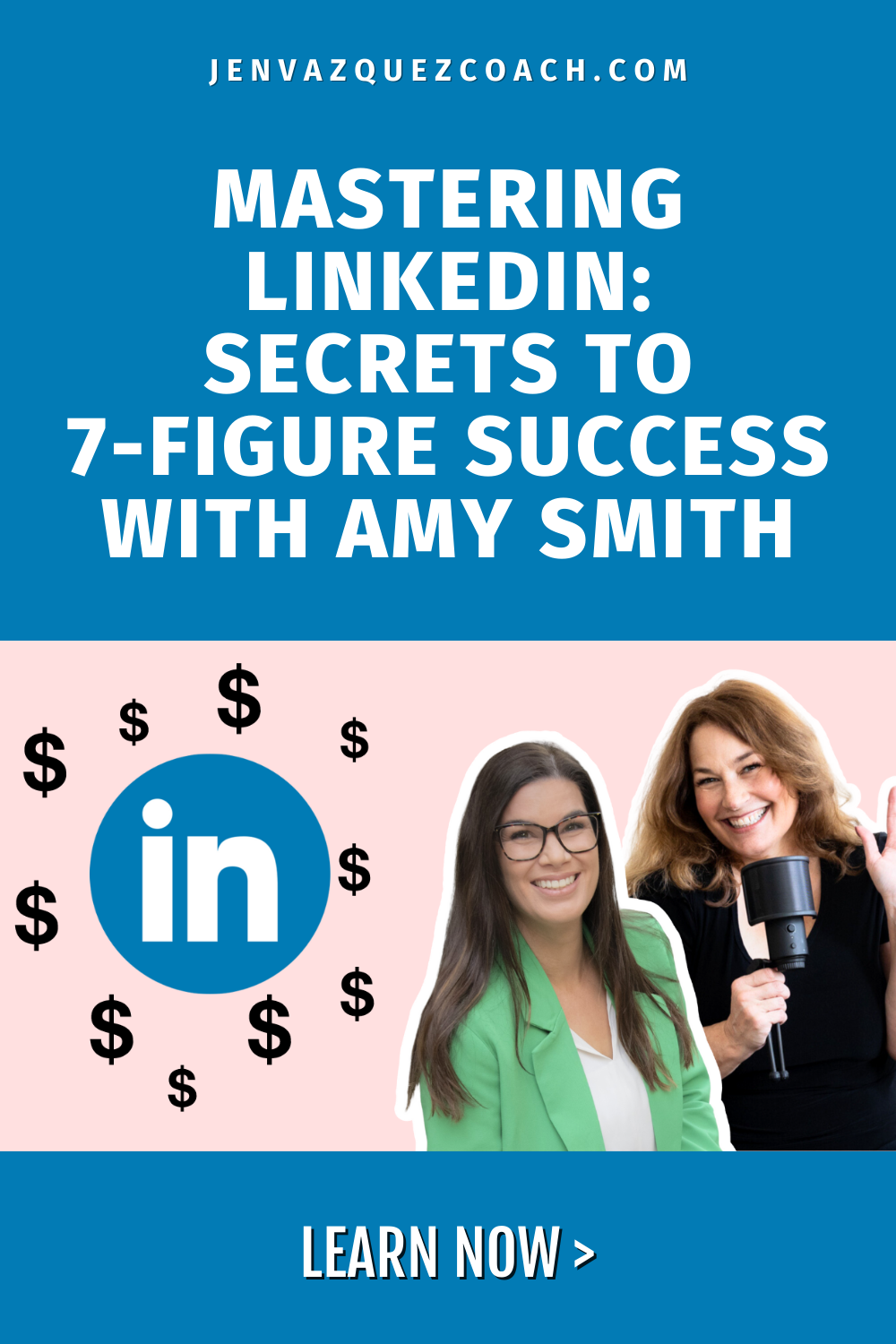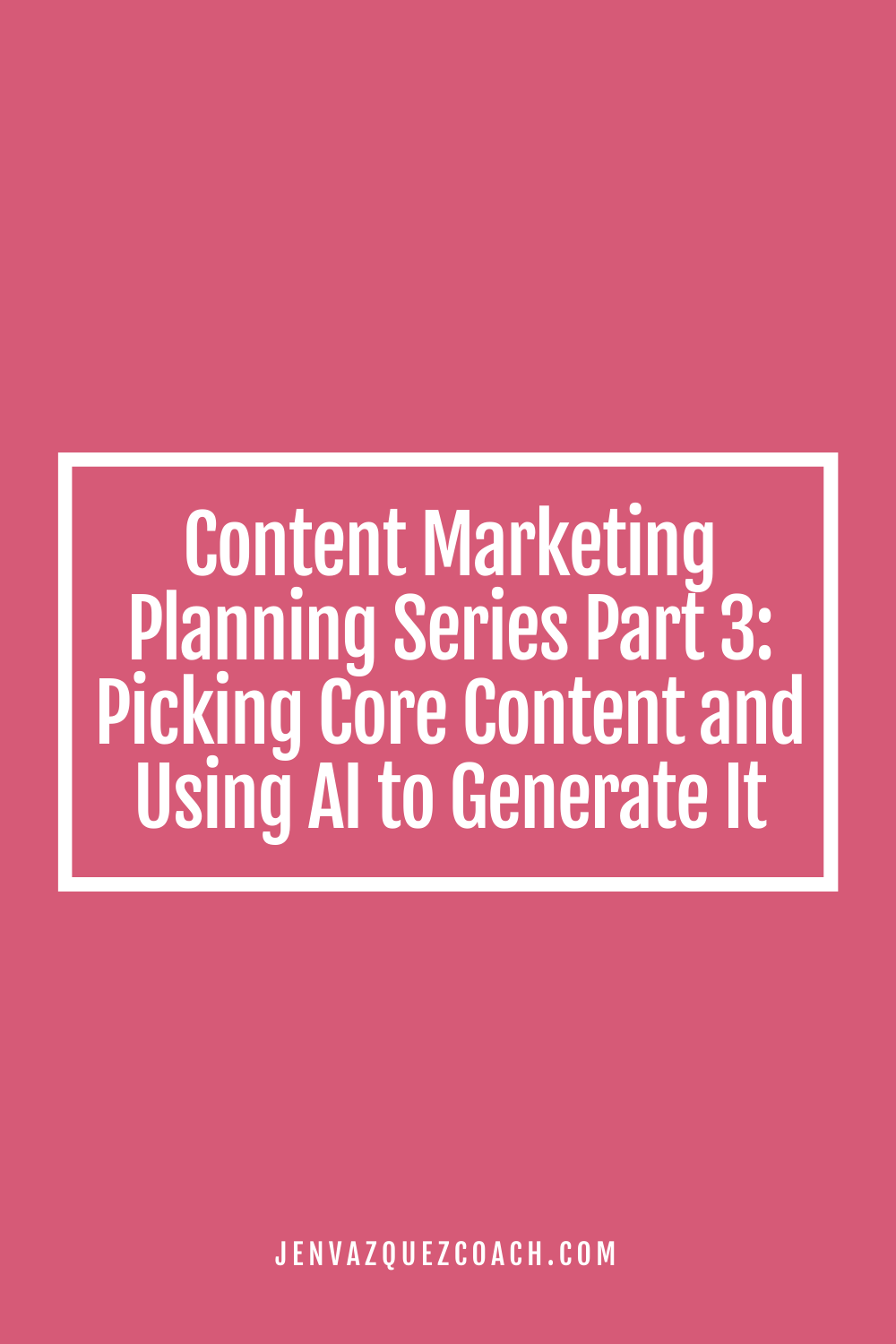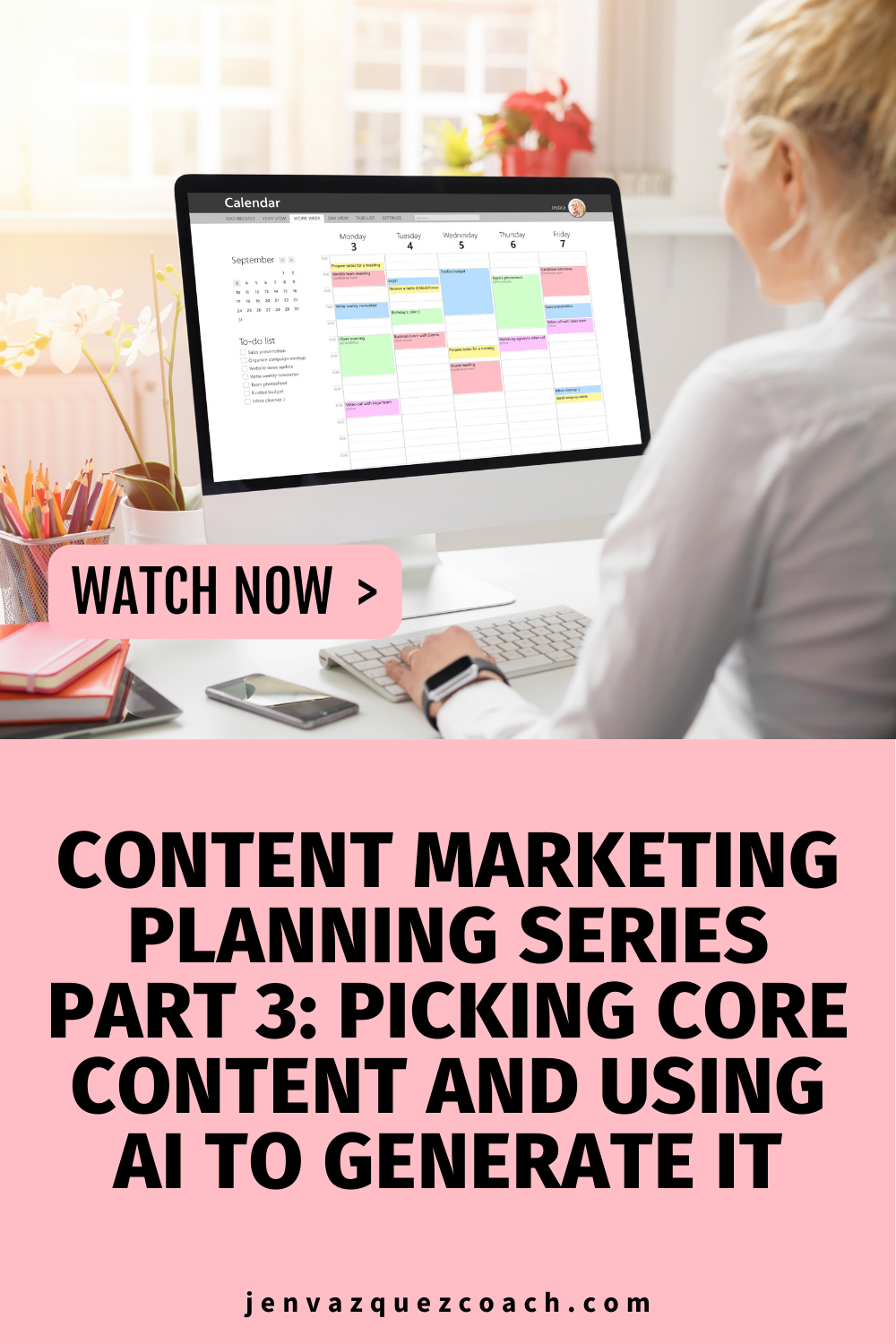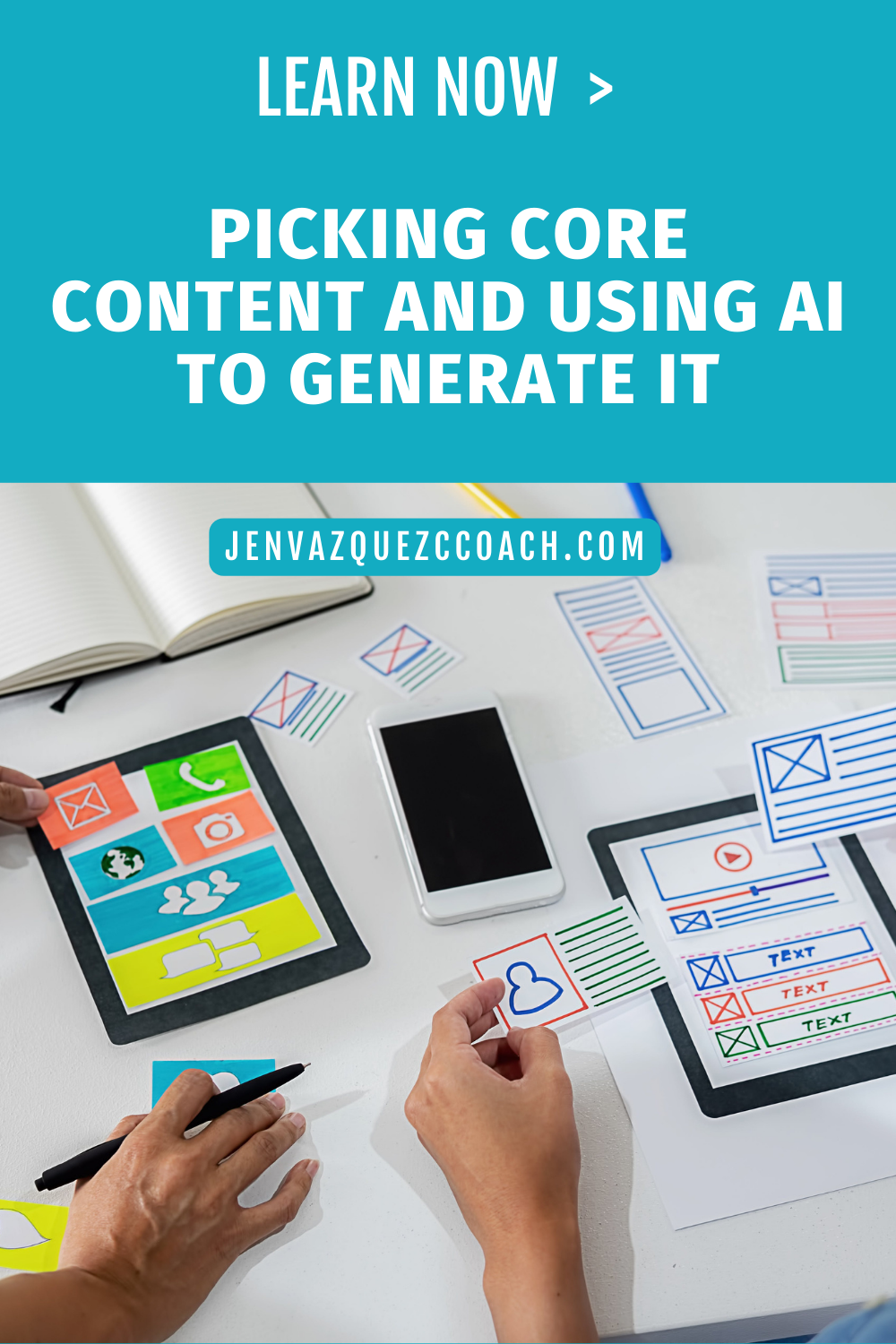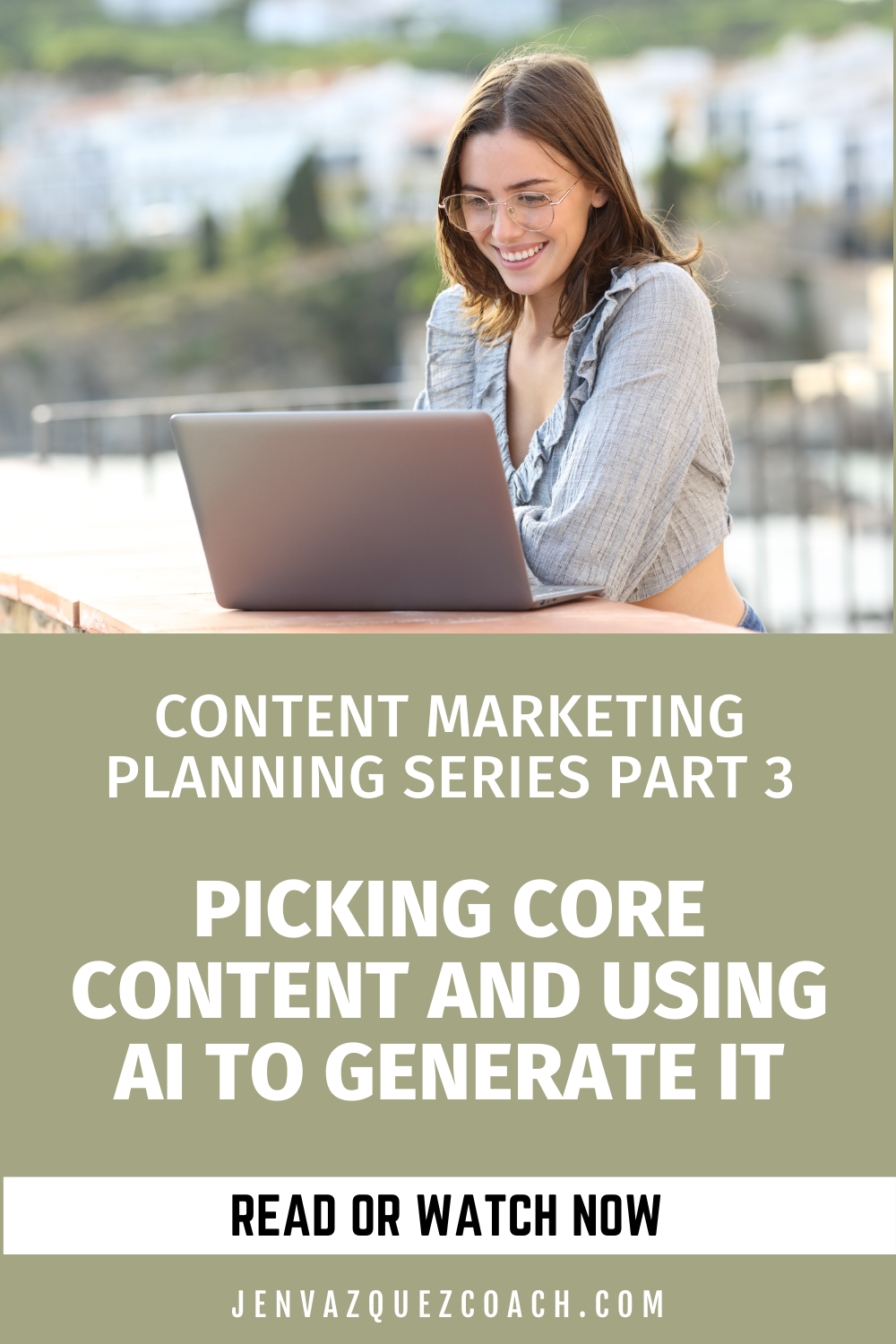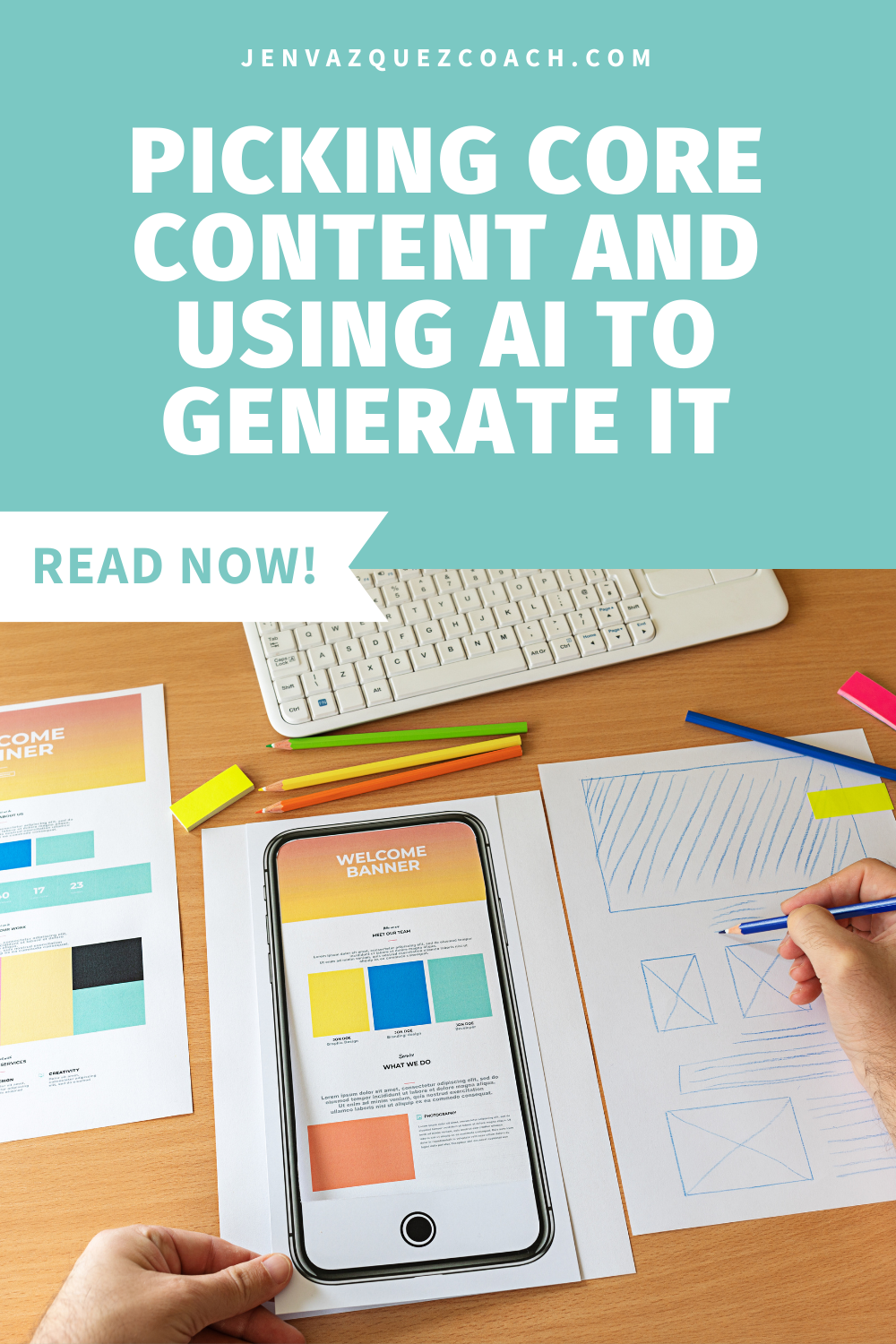Pinterest Trends Weekly: Rustic Romance Edition I'm back with the latest Pinterest trends and if you’re a wedding pro —- listen up! Pinners are falling in love with these trends. This week on Pinterest, rich and romantic inspiration for lush fall weddings is trending....
Organic Pinterest Growth: Attract, Engage & Convert Without Ads
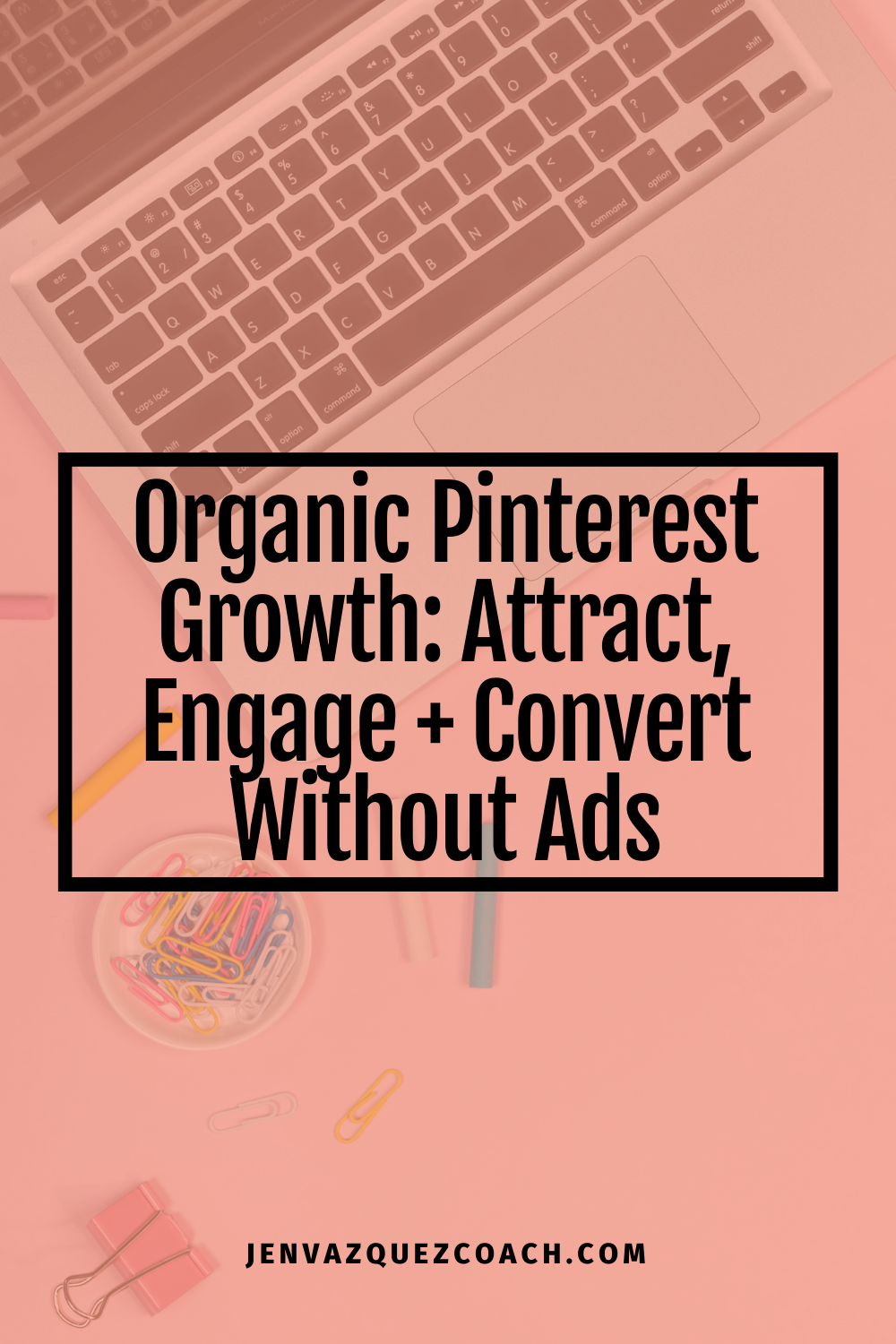
Welcome to your go-to guide for mastering organic growth on Pinterest. As a platform where creativity and discovery collide, Pinterest offers a unique opportunity to elevate your brand without dipping into your ad budget. From making a stellar first impression at the top of the funnel to crafting pins that resonate and convert, let’s dive into how you can harness the organic power of Pinterest to captivate and grow your audience.
Pinterest: The Gateway to Discovery
Pinterest is not just another social network; it’s a search engine for inspiration and a powerful tool for brands looking to boost visibility and engage with new audiences in a meaningful way. With Pinterest, content longevity is your best friend, and the search-driven nature of the platform means your pins can attract attention months or even years after being posted.
Crafting Content that Captivates
Understanding Your Audience
Begin by diving deep into your audience’s needs and challenges. Pinterest users are seekers of inspiration and solutions, making it crucial to tailor your content to address their specific problems with actionable advice and inspiring ideas.
Visuals That Stop the Scroll
The visual appeal of your pins is paramount on Pinterest. Here’s how to ensure your content stands out:
- Static Pins: Stick to a 2:3 aspect ratio to catch the eye of your audience.
Video Pins: Utilize video pins in 2:3 or 9:16 ratios for a dynamic touch that can significantly boost engagement.
Leveraging Business Tools
A Business account on Pinterest not only offers insightful analytics but also access to the Pinterest Tag for conversion tracking, enabling you to fine-tune your strategy based on real data.
Mastering the Top of the Funnel with Pinterest
Attract with Eye-Catching Pins
Your first interaction with potential clients starts with your pins. Make them vibrant, engaging, and reflective of the solutions or inspiration your audience is searching for.
Optimize for Discovery
Incorporate relevant keywords in pin titles, descriptions, and your profile to improve your visibility in search results. This strategic use of SEO makes your content discoverable to those actively seeking what you offer.
Content That Solves Problems
Focus on creating content that addresses common challenges or questions within your niche. Educational content, how-to guides, and inspirational ideas are perfect for drawing in users at the top of the funnel.
Encourage Further Exploration
Use your pins as portals to deeper engagement by linking to your website, where visitors can discover more about your services and expertise.
Analyze and Adapt
Keep an eye on Pinterest Analytics to understand which content performs best, allowing you to refine your strategy and focus on what truly resonates with your target audience.
Keywords: The Backbone of Visibility
To ensure your pins reach the right users, integrating relevant keywords throughout your pin descriptions, titles, and even in your profile and board descriptions is crucial. This SEO strategy enhances your content’s discoverability, connecting you with users right at the moment they’re seeking inspiration or solutions you can provide.
Taking Action
Feeling inspired but seeking direction? Let’s connect on a Pinterest Discovery call, and together, we can explore how an Inspired Pinterest Marketing Funnel can transform your business’s online presence.
Pinterest is more than just a platform; it’s a journey of discovery and inspiration. By strategically crafting content, optimizing for SEO, and engaging users at the top of the funnel, you can unlock the full potential of Pinterest to organically grow your brand. Let’s make your brand a beacon of inspiration on Pinterest.
Here is more information that may be helpful!
Pinterest Trends Weekly: Rustic Romance Edition
The Power of Bicultural Marketing: Expert Insights on Reaching U.S. Hispanics with Jessie Fernández
The Power of Bicultural Marketing: Expert Insights on Reaching U.S. Hispanics with Jessie Fernández Hey there, marketing trailblazers! Have you ever wondered why some brands seem to resonate so well with U.S. Hispanic consumers, while others struggle to make an...
Pinterest Trends Weekly: Amped Up Aesthetics
Pinterest Trends Weekly: Amped Up Aesthetics I'm back with the latest Pinterest trends, and this week, it's all about amped-up aesthetics! From unexpected textures and patterns to bright colors and trending styles, this week's searches on Pinterest are focused on...
Don’t Forget to Pin It!
